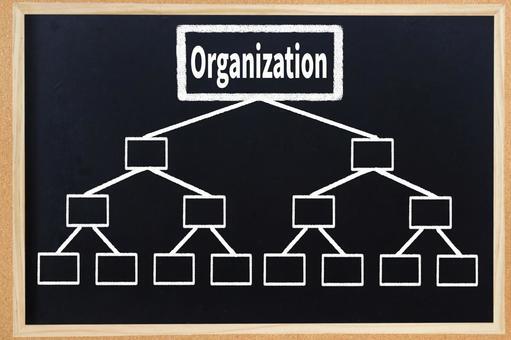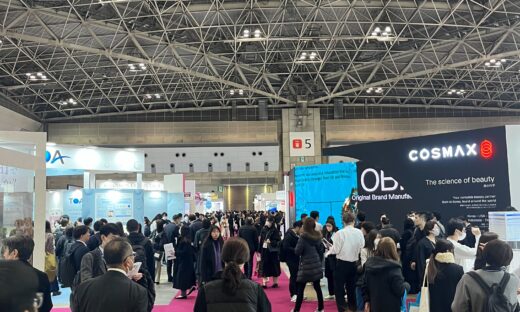Understanding Japanese Corporate Decision-Making: Hierarchy, Consensus, and Stakeholder Dynamics

When doing business in Japan, understanding how decisions are made and how organizations are structured is essential for success. Japanese companies tend to operate with a strong emphasis on hierarchy, consensus-building, and involving multiple departments in decision-making. In the second video from our YouTube series with Japanese B2B sales and strategy expert Horita, we explore the unique characteristics of Japanese corporate structures — including the roles of various stakeholders, the challenges of siloed departments, and the importance of building consensus.
Japanese companies have a much stronger inclination toward hierarchical structures. According to a study by McKinsey & Company, there are 30–40% more management layers compared to their U.S. counterparts1. In addition, job roles are clearly defined with little to no grey area or overlap, meaning that General Managers, Managers, and Assistant Managers all have very specific tasks and responsibilities within the hierarchy.
When it comes to business discussions, you’ll quickly notice that many more people are involved as stakeholders. Unlike international corporations, there is rarely one person or department that has the final say on a decision with full responsibility. In the previous YouTube video (Episode One), we mentioned a key factor that hinders global business partnerships in Japan: risk aversion.
When multiple departments and individuals are involved, responsibility is spread across the company. This is viewed as a broader safety net that helps hedge against the risk of failure. In Japan, 70% of companies use decentralized decision-making structures to mitigate risk. Alongside that culture, business consensus-building is highly valued, which often leads to a rapid increase in the number of people involved. International business partners often find this structure and culture frustrating because it slows down the decision-making process.
Another factor at play is the divisional structure. Japanese corporations are often split into semi-independent units, each with its own targets and profit responsibilities. As a result, the strategy and culture between departments may differ, leading to “siloing” and reduced cooperation. According to a PwC Japan report, 65% of Japanese employees feel that inter-departmental collaboration is hindered by organizational silos, compared to 45% globally2.

So, how does this impact your sales and proposals? Here are three key points:
- Each department has a specific responsibility in decision-making, whether it’s the IT department assessing technological compatibility, the finance department evaluating ROI, or executives discussing overall vision alignment.
- You’ll need to identify each of the decision-making stakeholders, including their name, role, department, and specific interest in the process. In Japanese corporations, each person plays a clearly defined role, so while this can be more exhaustive, it may also be more straightforward than expected.
- You should tailor your proposal or plan to align with the needs and perspectives of each individual stakeholder.
This is just the tip of the iceberg. For a more in-depth explanation, subscribe to our YouTube channel and watch Episode Two. You can also join the conversation in the comments: “How does this impact your work?”
Contact our support team if you’re ready to enter the Japanese market and need a guiding hand.






